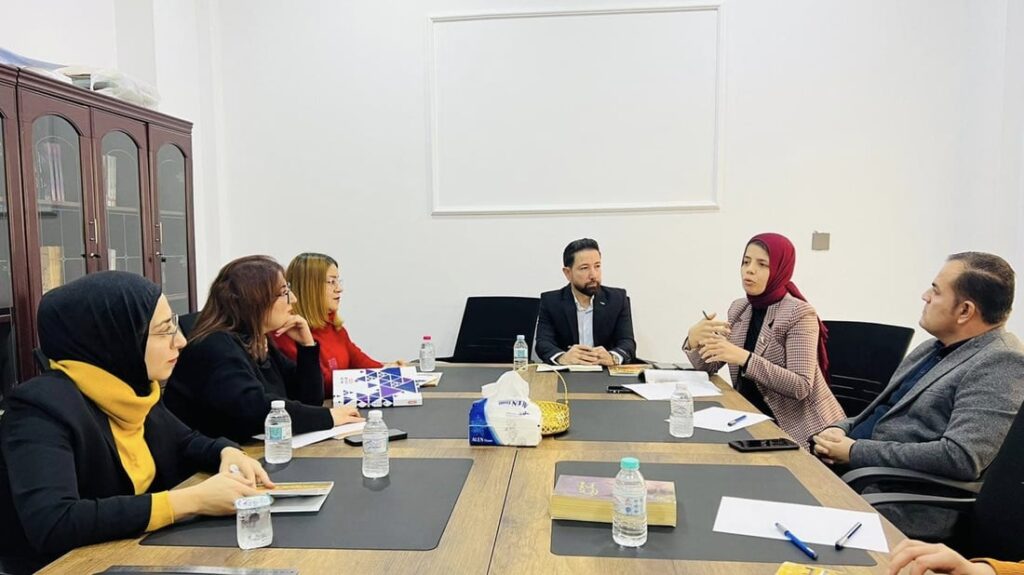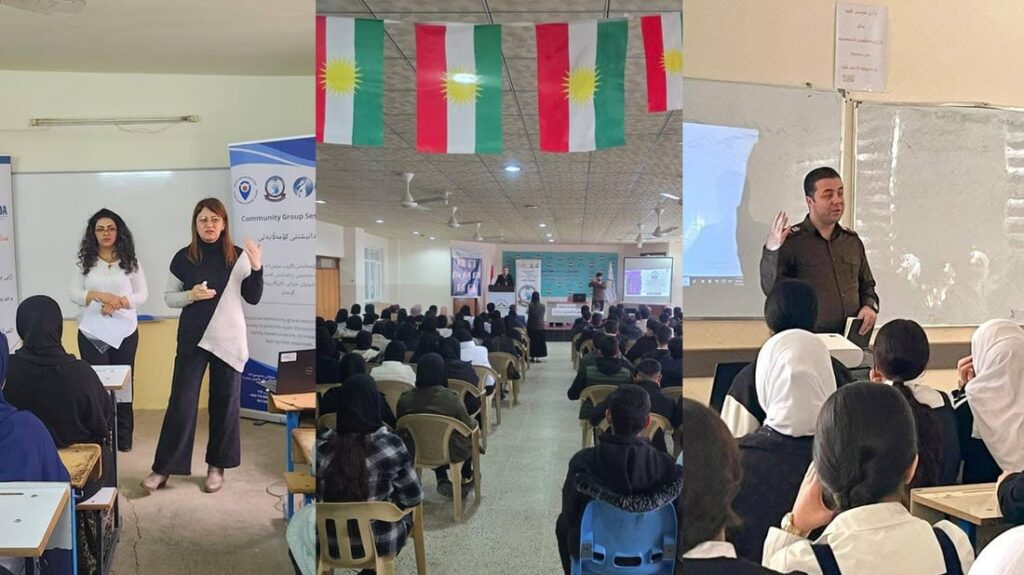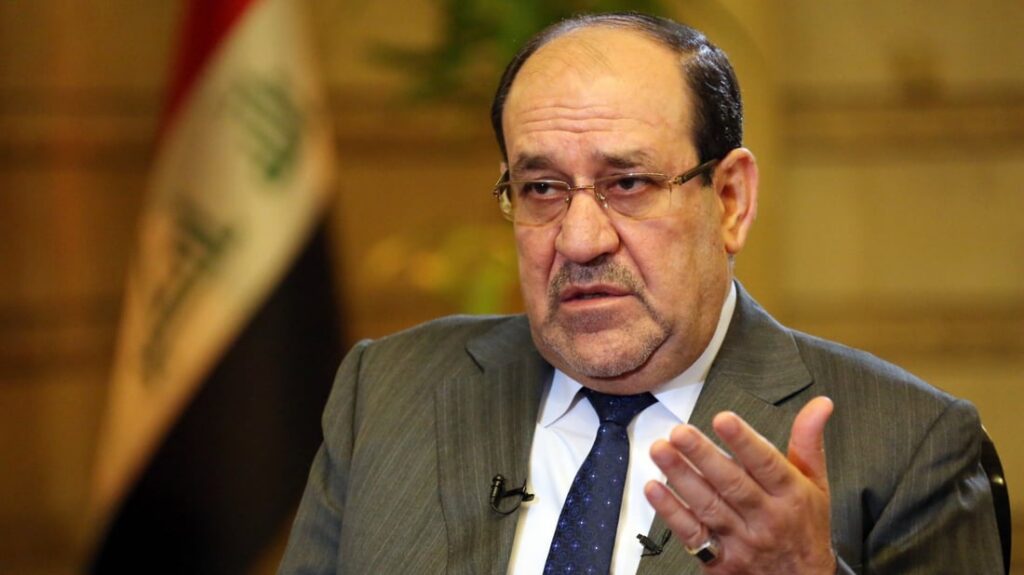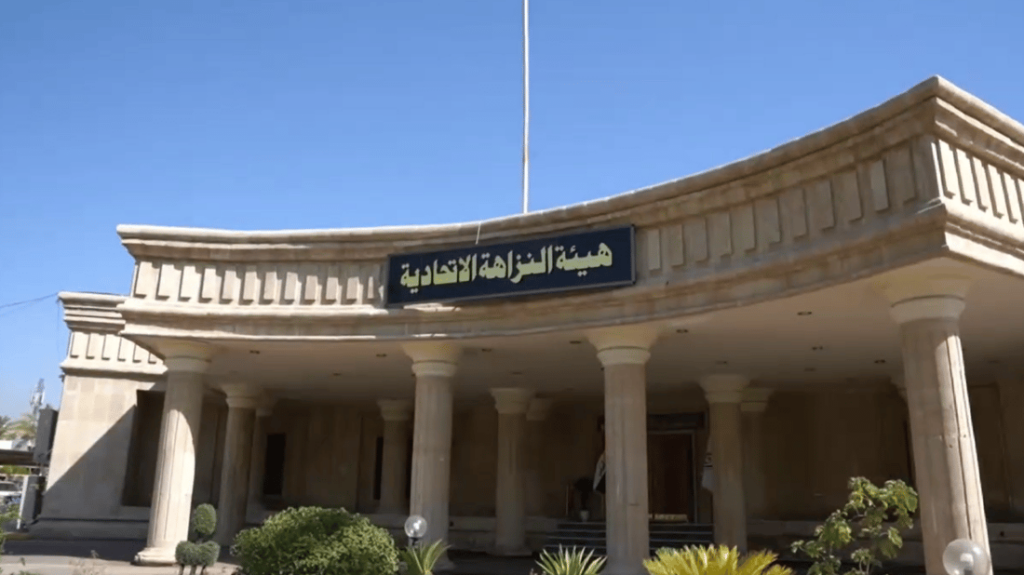World: News Roundup – Donor List Announced, Notes from Iraq & Updates on Funding to End Extreme Poverty

2020 Aid Transparency Index: donor list announced
The Aid Transparency Index is the only independent measure of aid transparency among the world’s major development agencies. Two donors have just been added to the donor list for next year’s Index, joining the 45 included in the 2018 Index. These are Saudi Arabia’s King Salman Humanitarian Aid and Relief Centre (KSRelief) and TIKA the Turkish Cooperation and Coordination Agency. The inclusion of these two agencies reflects the rise of south-south donors.
The 2020 Index features a diversity of development actors (including multilaterals, bilateral donors, humanitarian agencies and philanthropic foundations) and holds them to the same transparency standards. Data collection will run from 1st December 2019 to 30th March 2020, and the Index report will be launched in June 2020.
Read more here
Notes from the field: Iraq
Information sharing during protracted humanitarian emergencies can often be complex and face a number of barriers, particularly for local and national responders. Therefore, since January 2019 we have been working with Ground Truth Solutions to better understand the data needs and challenges of these types of humanitarian actors. Building on desk based research, key stakeholder interviews and an online survey, the project has reached the on-the-ground research phase. In this blog the project team shares some reflections from the first of our two country deep dives; their trip in August to Erbil, Iraq.
You can also watch a recording of our recent webinar, discussing the emerging themes from this research and initial insights from Iraq here.
Our CEO Gary Forster and Ruba Ishak from Ground Truth Solutions also joined the Humanitarian AI Today podcast to discuss our humanitarian research.
Other news
And here’s a quick round up of what else we’ve been reading over the last month…
The Overseas Development Institute (ODI) has released an update of its briefing paper on financing the end of extreme poverty. It finds that 430 million people will be living in extreme poverty by 2030, an increase of 30 million from its 2018 assessment. The report states that the world is significantly off track to achieve the first Sustainable Development Goal. It recommends that the least developed countries (LDCs) increase tax revenues and public spending on health, education and social protection. Meanwhile it recommends that Development Assistance Committee (DAC) donors double their collective aid and the share of it given to LDCs.
As part of a series, the ODI has also produced an essay looking at the impact of development finance institutions on sustainable development.
The OECD has published a report examining the role of blended finance in increasing investment in water and sanitation, and thus contributing to SDG6. It states that a greater evidence base is needed to better understand the current applications as well as the potential of blended models in the water and sanitation sector. The publication draws out recommendations for policy makers and practitioners to apply and scale innovative blended finance approaches where most appropriate.
To coincide with the UN High-level Dialogue on Financing for Development, Southern Voice has presented the first four publications in its “Rethinking Development Effectiveness” initiative. It seeks to present a new approach to development cooperation, focused on the perspectives of recipient countries, and featuring studies on big data and south-south co-operation.
The One Campaign has launched the Better Aid Scorecards, which rank the 20 largest bilateral OECD DAC donors and the European Institutions on how much and how well they spend development assistance in the fight against extreme poverty. Donors are assessed and compared on aid quantity, targeting and quality. Key findings include:
- Only 36% of global aid is ‘gender responsive’, despite gender inequality being a major barrier to overcoming extreme poverty.
- The majority of donors provide less than a third of their aid to the poorest countries. In 2017, LDCs received $43 billion (29%) of total DAC aid.
- In 2017, at least $17.7 billion of ODA did not leave donor countries – $4 billion more than the total aid invested in the world’s 10 poorest countries.
The Lowy Institute has updated its Pacific Aid Map, visualising aid flows to the region. The updated data shows that aid to the region increased in 2017, after a drop in 2016, reaching $2.246 billion, an increase of $243 million from the previous year. However, aid flows have shrunk as a proportion of regional GDP, dropping from 8.7% in 2011 to 7% in 2017. Adjusting for inflation aid to the Pacific has also dropped by 9% in real terms over the same period.
The US has expressed its concern and sought clarity over a World Bank loan for $50 million made to the Department of Education of China’s Xinjiang Uyghur Autonomous Region. The chair and co-chair of the bipartisan and bicameral Congressional-Executive Commission on China have questioned whether the funds are being used to support possible ‘crimes against humanity’ in relation to the Chinese government’s detainment of over a million Uyghurs, Kazakhs, and other Turkic Muslims in an expanding system of mass internment camps.
Remittances are set to overtake foreign direct investment as the biggest inflow of foreign capital to developing countries in 2019. An estimated 270 million migrants around the world will send a combined $689 billion back home this year, the World Bank estimates. The Financial Times (£) has created a visualisation to show the trend.
The Zimbabwe Cabinet has approved an Aid Coordination Policy aimed at ensuring consistency and harmonising activities of development partners, to ensure transparency and that aid is demand-driven. According to this news report, Minister Monica Mutsvangwa said key features include harmonising and aligning the programmes of development partners to national development plans and enhancing the transparency and predictability of development assistance.
The International Aid Transparency Initiative (IATI) has been testing its new Datastore, which aims to offer a robust data service, providing timely and standardised access to data published according to the IATI Standard. A launch date is expected to be announced shortly. IATI has also announced that it will launch its new online data validation tool during the autumn this year. Its aim is to drive essential improvements in the quality of development and humanitarian data by checking that it complies with the rules and guidance of the IATI Standard.
Nancy Lee of the Center for Global Development has examined the state of infrastructure finance in some of the world’s poorest countries, a head of the IDA19 replenishment negotiations. (The International Development Association is the World Bank’s window for concessional loans and grants to the world’s poorest countries.) She points out that private finance for infrastructure in low-income countries is falling, not rising, but debt in these countries is rising rapidly.




